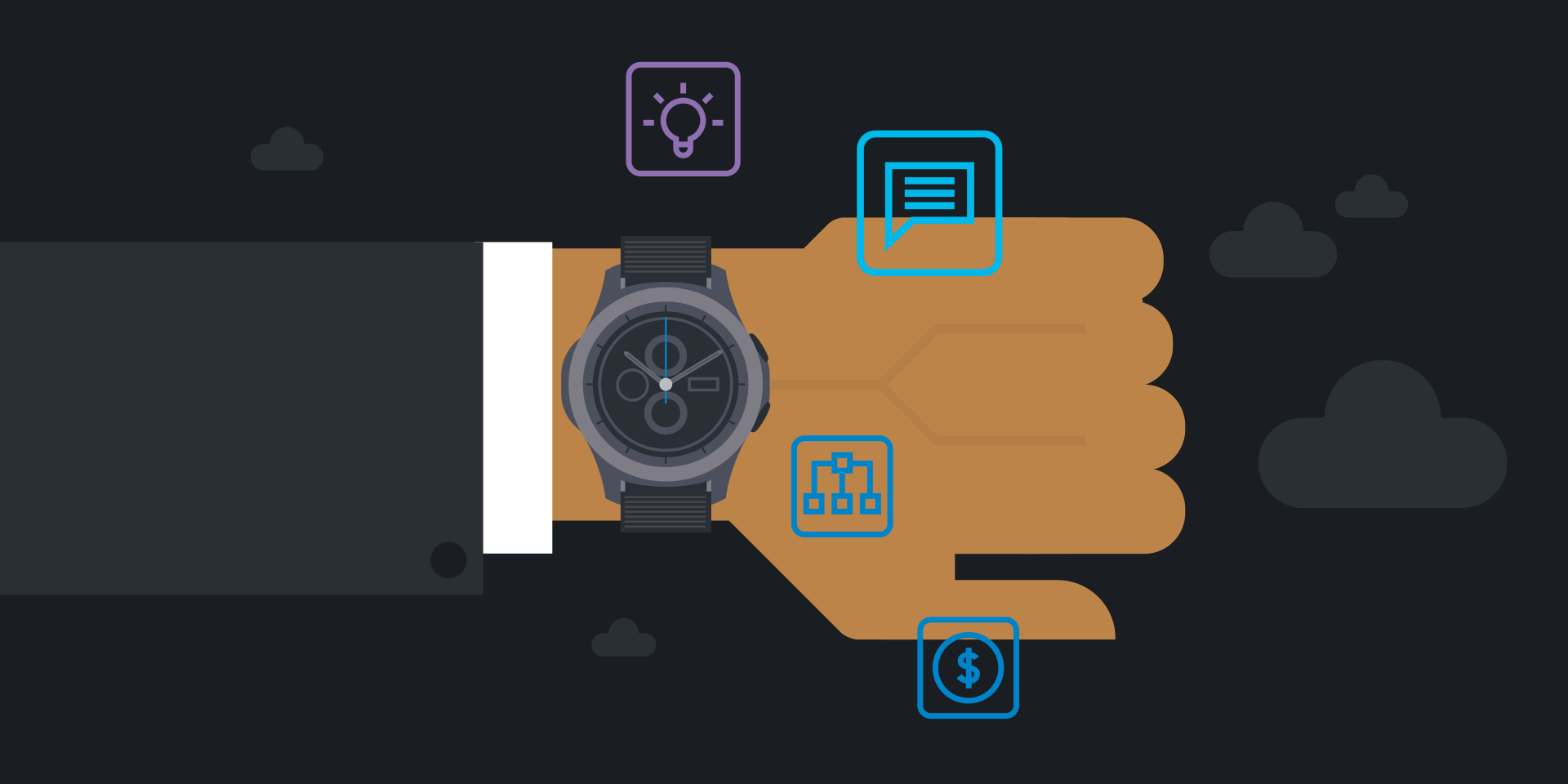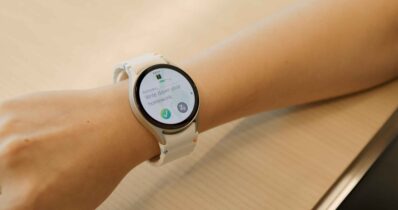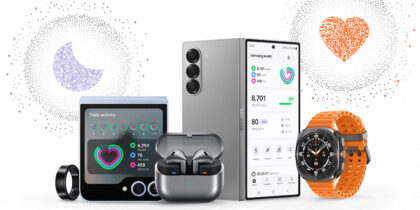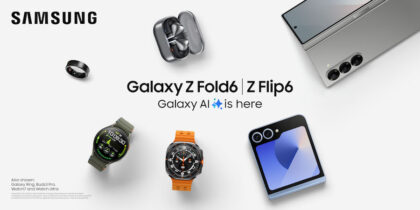We all think we know what bank branches are supposed to look like: rows of tellers behind a counter, some offices behind them. But for companies like HSBC, they are a blank canvas onto which innovative customer experiences can be painted.
About a year ago, for example, HSBC embarked on a pilot project with Samsung at its 452 Fifth Ave. branch in the heart of New York City involving wearables. The outcome of that pilot could change what consumers expect when they walk into a financial institution’s brick-and-mortar location.
HSBC deployed a customized watch face using Samsung smartwatches, and is using preset text messages that can empower its employees with more fluid, real-time communications. Those attending the upcoming Samsung Developer Conference (SDC) on Oct. 29-30 in San Jose, California, will get a closer look during a session called “Developer’s Insight: Samsung’s Wearables for Enterprise Project.”
“The traditional communication systems in most corporate environments were designed decades ago,” Maurice White, senior manager of solution innovations at Samsung, pointed out in an interview ahead of SDC. “There’s still a lot that’s based on the phone and paper. HSBC wanted to innovate with communications that would provide a greater level of discretion and professionalism, and wearables met the need and the use case better than any form factor.”
Imagining the branch of the future
Even though they’ve been a fixture in cities and small towns all over the world for centuries, there are no fixed rules on what a bank branch should look like when consumers walk through the doors. HSBC decided to brainstorm the possibilities by bringing together an internal team that included both its IT department and developers as well as those on the front lines who could act as the voice of the customer.
Customize Wearables in the Workplace
Learn how to develop new and innovative wearable apps tailored precisely to your business needs. Download Now
Next, the team used design thinking principles to look at how customers interact with branch employees today, and what might optimize or bring greater value to the experience. In banking, for instance, what customers often want is to feel trust as they receive advice around a particular investment decision or as their accounts are being managed.
The Samsung smartwatches help by allowing employees to quickly and easily let a colleague know a customer has arrived for an appointment or ask to have a manager come by, rather than disappearing momentarily and leaving customers wondering.
Streamlining communications improves customer attention
Using a wearable also frees up branch employees from being stuck at their desks so they can focus more of their attention on the conversations they’re having with customers. According to White, it’s a good example of where a smartwatch can complement the capabilities business professionals already enjoy with a smartphone.
“Companies are looking to streamline business processes, speed up the time it takes to complete tasks, track users’ safety and security, and engage employees with new ways of collaboration,” he said.
This helps explain why, earlier this year, the International Data Corporation (IDC) forecast the global wearables market will expand to 279 million units by the end of 2023, with enterprise use as one of the biggest drivers.
While wearables can span many different kinds of devices, IDC’s data shows smartwatches already accounted for 44.2 percent of the market in 2018, and will grow to at least 47.1 percent within three years.
Enabling rapid enterprise innovation
White said success with wearables starts with recognizing the kinds of workflows that align with a smaller form factor like a smartwatch.
“You’re looking for processes to gain throughput quickly,” he said, such as accepting a job request or approving an order. “You want to be in a situation where you can open it up, turn the bezel, press the button and you’re done.”
Customers are turning to Samsung as they explore wearable opportunities because it is one of the few vendors that offer not only devices and applications, but the safety of platforms like Knox, White said, that provide the manageability and security capabilities enterprises demand. This includes the ability to easily configure and provision wearables and also whitelist, blacklist or remove inappropriate apps.
Flexibility for all industries
Samsung is also offering clients training in building apps for wearables, including sample code and expertise to build these solutions. In some cases, these projects are completed in a matter of days. HSBC is paving the way in finance, but there are many other markets exploring wearables, too.
“Manufacturing is a good one,” White said, noting how one Samsung customer has deployed the smartwatches to improve communication in factory settings that are so loud employees can’t hear themselves through walkie-talkies if they need to order more materials. “What that did was decrease the line downtime, which is critical because every time a line went down, it would cost the manufacturer money.”
White’s session, in which he will be copresenting with HSBC Head of Innovation Jeremy K. Balkin, will not only walk through the pilot project, but discuss some of the ways the organization is measuring the results and long-term return on investment.
Here’s what you can expect at this year’s SDC. Explore the ways you can customize wearables in your workplace with this free white paper.







